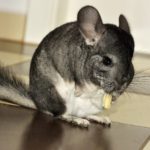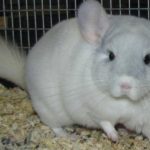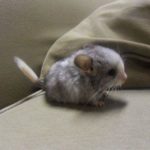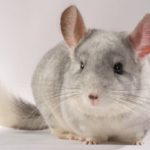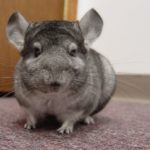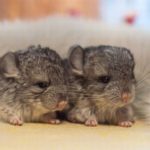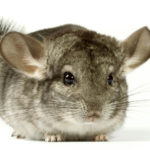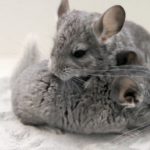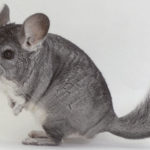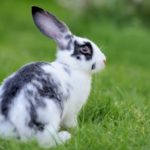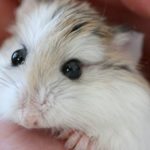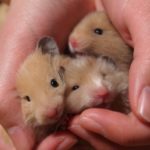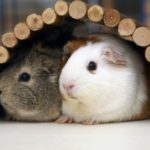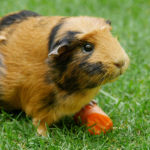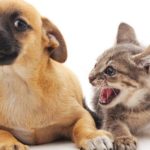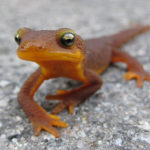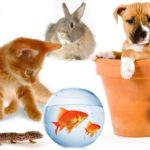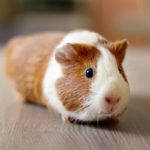Chinchillas – Home Care and Maintenance
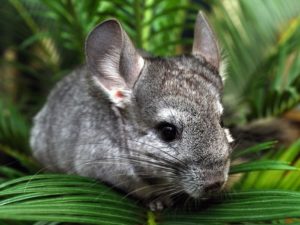 Many people cannot imagine their life without pets. Their absence makes a person’s life not happy enough. Any pet is a member of the family, as well as a source of happiness and constant positive emotions. And today, in addition to dogs and cats, exotic animals are in demand.
Many people cannot imagine their life without pets. Their absence makes a person’s life not happy enough. Any pet is a member of the family, as well as a source of happiness and constant positive emotions. And today, in addition to dogs and cats, exotic animals are in demand.
For example, chinchilla is the object of acquisition as a favorite pet. But since chinchillas are exotic animals, they require special care and maintenance.
To care for chinchillas will not take too much time, their maintenance is not burdensome, but for this you will need to purchase a number of special things. The first thing that is needed for the animal in addition to food is a well-kept clean house, the second is bathing sand, the third is movement, and finally the fourth is unobtrusive attention. It is immediately worth noting that it is advisable to immediately acquire a pair. Without a pair of chinchillas is not comfortable. Communication with a person can not replace the animal communication with a fellow tribesman.
Therefore, before acquiring a small animal, it is recommended to think thoroughly whether this decision will be correct, since keeping a chinchilla at home has its drawbacks and advantages, and this is not only a matter of complicated care, but everything and everything has its own characteristics.
Before acquiring a new family member, you should first arrange your future housing. To keep chinchillas at home, both an aviary and a cage are suitable. Both that and another should correspond to all needs of fluffy. For a chinchilla, a dry, bright, warm room with good air circulation is ideal.
When buying a house you need to consider some nuances.
The pet house should be at least 50 by 70 centimeter in size, but if there are several animals, then the enclosure should be increased to 70 by 90 centimeters. At the same time, the house must be at least 50 centimeters high.
- The chinchilla house should have a pallet, preferably put forward. The bottom of the enclosure must be covered with sawdust.
- For the entertainment of fluffy, various stairs, shelves, tunnels should be installed in the aviary.
- A small pet house should be installed inside the enclosure, which will serve as a resting place, a place for breeding offspring.
- All feeders, drinking bowls are recommended to be installed on the wall of the cage.
- Must have an additional hay feeder. Hay is an integral part of the diet.
- To grind the teeth, you should keep a special stone or sticks made of wood in the enclosure.
- Chinchillas are sensitive to temperature and humidity in the room. Air temperature – not more than 20 degrees, and humidity – from 50 to 70 percent.
In general, the larger the cell, the better. Keep in mind that, similar to life in nature, from time to time the animal should be able to take sand baths, which it loves. Simple sand will not suit him, you will have to purchase a special one, but it is not cheap. Speaking of money, one can not help saying that buying this is chinchilla – in general, pleasure is not cheap. An animal of a normal color will cost you $ 50-200, and a color of up to several thousand.
Accustoming to the toilet is not difficult. It is enough to identify the place where the animal fulfills its need and pour sawdust. Provided that the pet comes back to that place, you can install a trough under the toilet.
If the animal does not perceive this place as a toilet, it should be wet with sawdust, then the beast can understand the purpose of the tank.
Feeding at home
The animal should be fed once a day from 5 to 9 pm. High-calorie foods can cause pet obesity, so you should not get involved in such feeding.
The rodent’s menu should include:
- raisins, dried apricots
- hay
- wild rose
- bread crusts
- special feed
- fruits like apples
In general, these animals are quite moody to food. The fact is that you can qualitatively feed the animal only with a sufficiently expensive foreign-made food suitable for it, which is specially designed taking into account the characteristics of the animal. Unsuitable food can be fatal. Having bought a chinchilla, find out what fed it before, and, if necessary, transfer to a new diet gradually. The best menu will tell the veterinarian. In addition to feed, the animal is given hay and oats. You will also need a special stone for the point of the teeth. Poor quality is also dangerous: an animal can damage their teeth.
At home, with proper care, the chinchilla can live up to 15 years or more. The good news for those who do not like the smell of rodents: chinchillas do not have sweat glands, so the specific smell is completely absent. However, there is, of course, a smell from the bowel movements, so get ready for the fact that the tray needs to be washed as necessary.
